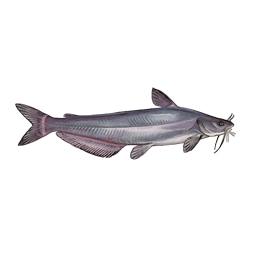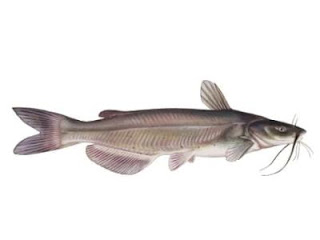 |
| muskellunge |
In March 2022, a dedicated Maryland angler set a new nontidal state record for muskellunge, according to the Maryland Department of Natural Resources (DNR).
Kyle Mullenix of Hagerstown caught the 33-pound, 49-inch long record muskie on March 2 along the banks of the upper Potomac River.
Often called the "fish of ten thousand casts," muskellunge are the largest freshwater fish in Maryland and among the most difficult to catch.
Mullenix is credited with the first Maryland state fishing record of 2022. The 32-year-old lifelong angler said he has spent decades trying to catch a muskie. His record catch was made using a 7-foot spinning rod and live bait.
The catch surpassed the previous Maryland state record held also by a Washington County resident, Tessa Cosens, whose catch tipped the scales at 32.5 pounds.
The catch was weighed on a certified scale by George Rowe of Ernst Country Market in Clear Spring and verified as a muskellunge (Esox masquinongy) by a DNR biologist.
DNR maintains state records for sport fish in four divisions; Atlantic, Chesapeake, Nontidal and Invasive, and awards plaques to anglers who achieve record catches. Fish caught from privately-owned, fee-fishing waters are not eligible for record consideration.
Anglers reporting a potential record catch should call 443-569-1381 or 410-260-8325. The fish should be immersed in ice water to preserve its weight until it can be checked, confirmed and certified by the department.
The upper Potomac is one of the most popular areas in Maryland for muskie fishing. One of the largest rivers in the region, the Potomac River has several important recreational fisheries including smallmouth bass, largemouth bass, crappie, blue catfish, and northern snakehead.
source: Maryland Department of Natural Resources






